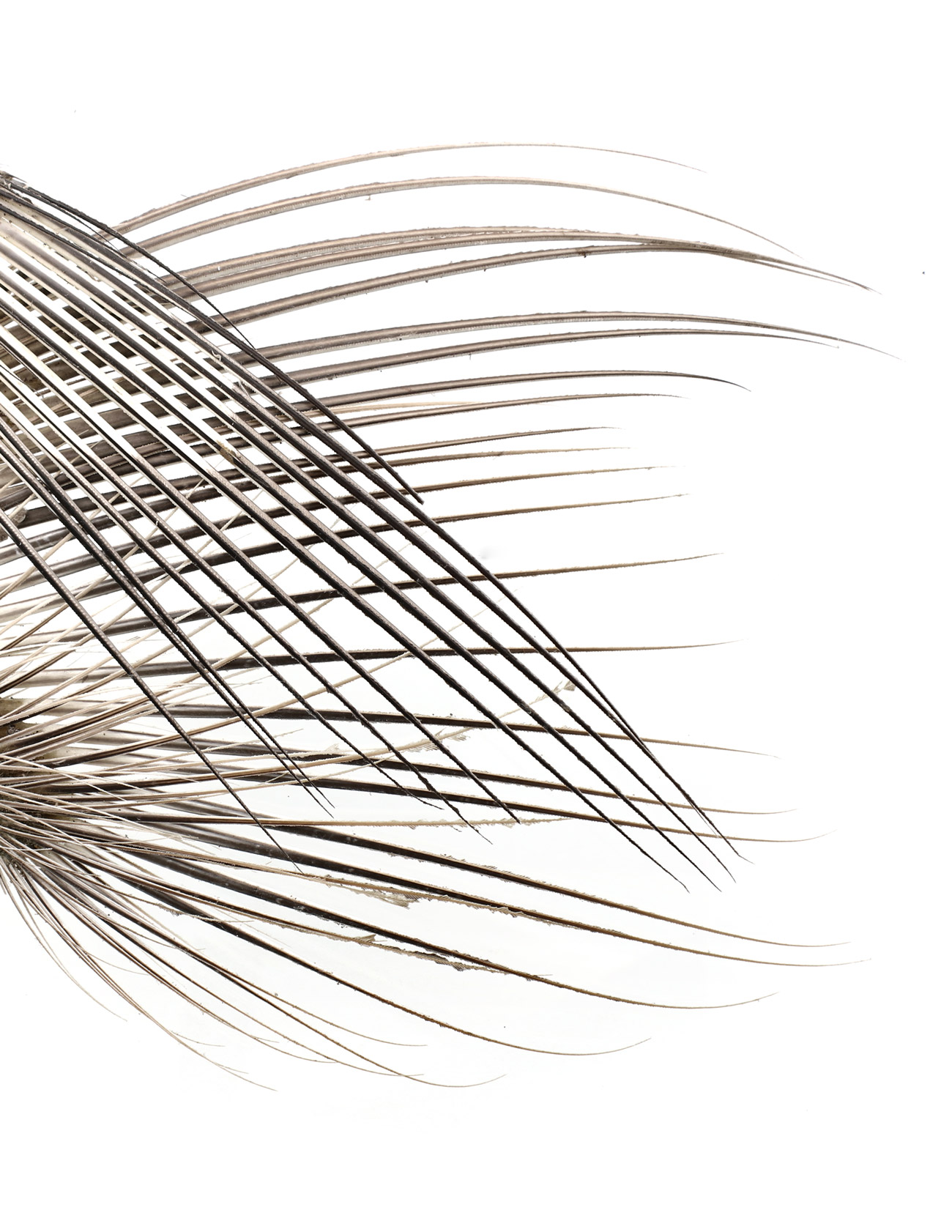
scaffolding
100 million years of evolution. that’s when researchers believe birds first started flapping on earth. owls, it appears, have been around for at least 80 million years. there is currently a great article in the new yorker about a paleontologist who believes he has found a site that answers a long-argued question of whether dinosaurs were killed by the single huge asteroid that hit the yucatan called the chicxulub asteroid, or whether dinosaurs were already going extinct due to volcanic activity well before that. the site he has discovered appears to contain a fossilized record of the exact day, and possibly the exact hour, that the asteroid hit. it is a record of the single day when the cretaceous period ended. the next day was the paleogene period. the era of dinosaurs ended that day, and the era of mammals began. one of the interesting things he has found is actual feathers, whose bases fit perfectly into the depressions in the arm bones of dinosaurs, proving not only that dinosaurs still existed up to the day of the asteroid impact, but that, in addition, at least some of them were provably feathered.
great horned owl wing rachises
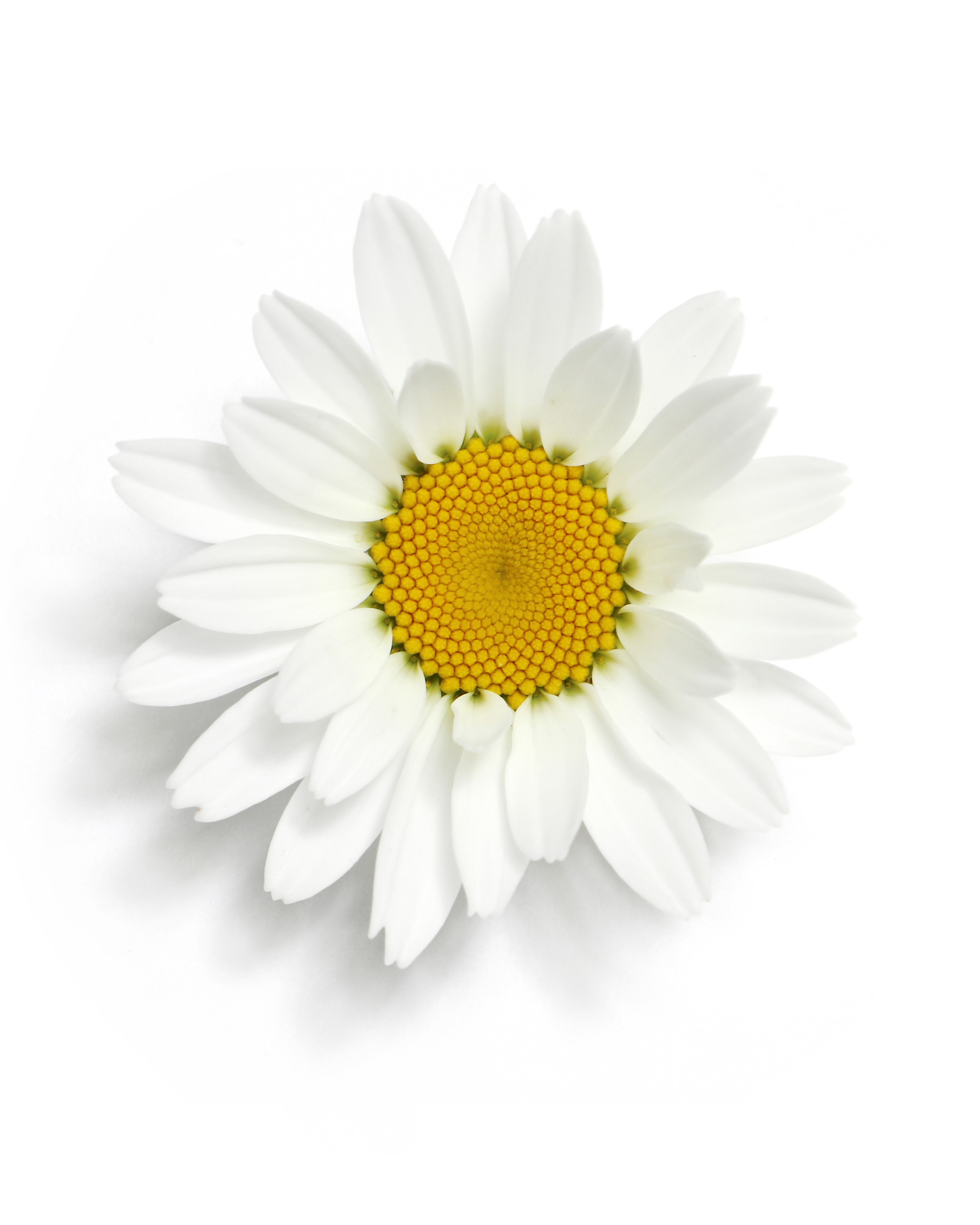
logaritms
just a few days ago i posted a photo of a horsetail, one of my favorite plants, which is also involved in the origins of logarithms–its telescoping segmented stem inspiring John Napier to develop a new branch of mathematics. all i can say is, look at the patterns in the center of this daisy, and imagine what math may have created them, and then try, just try, to look away.
white and yellow gerbera daisy
-
Staring at it, the center starts to look something like a mandala. And staring even longer, that mandala begins to spin. Beautifully captured details. <3
reply
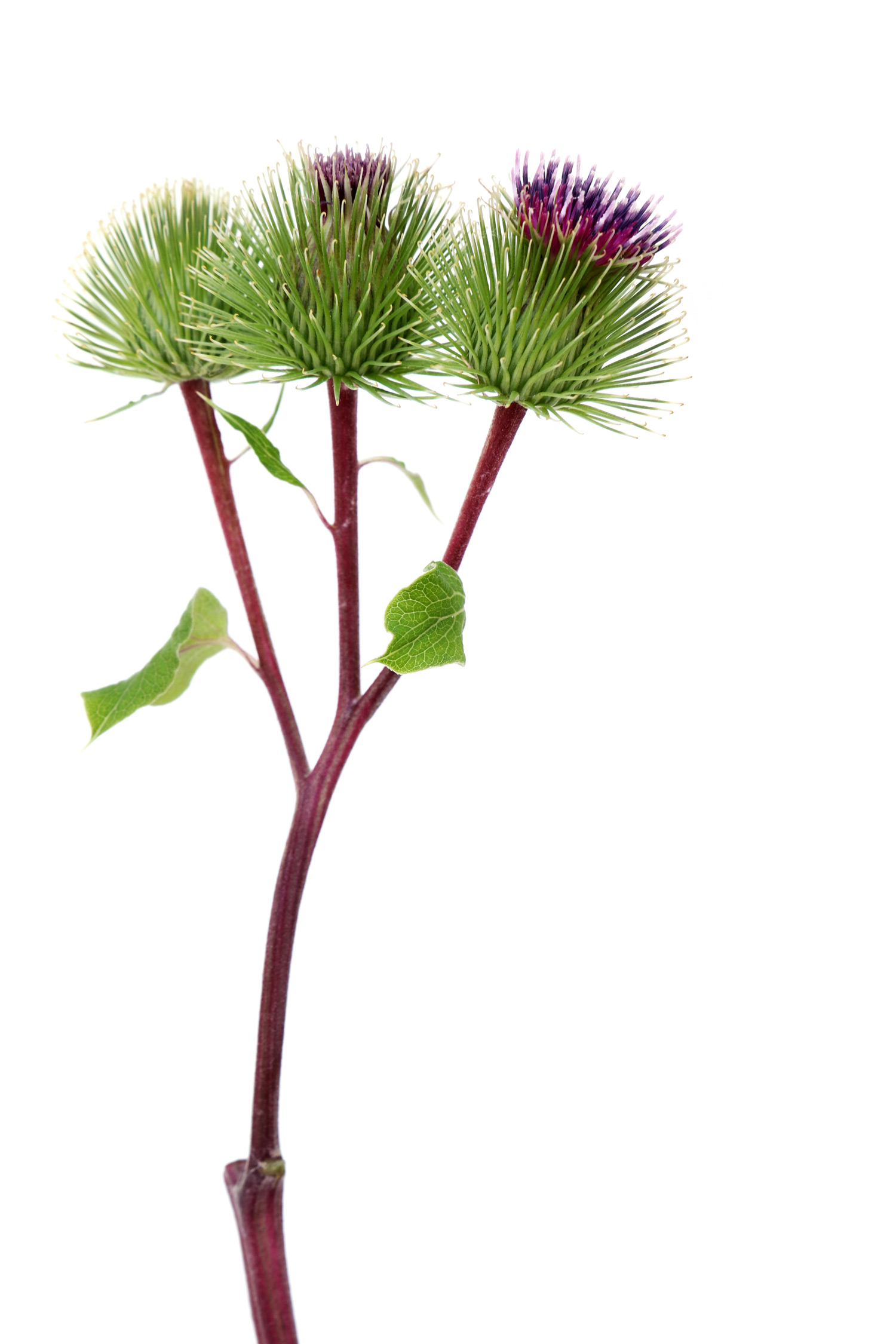
stability
there is a japanese restaurant tradition called kaiseki, and we happen to have an almost unbelievably refined kaiseki restaurant in minneapolis. kaiseki is a form of dining where the chef creates a 10 or 12 course meal, that is seasonally based, and also symbolic. it is like a tasting menu but distilled even further into refinement. i once ate a dish at this kaiseki restaurant, that was made up of a chessboard pattern of carrot batons simmered in hibiscus to render them closer to red than to orange, alternated with batons of burdock root, which grows extremely deep, and is therefore a symbol of rootedness and stability. i have spent some time recently thinking about how much affinity i have for japanese aesthetics and restraint. that meal was perhaps one careful step closer to an education stay in kyoto. we will see.
burdock thistle flowers in july
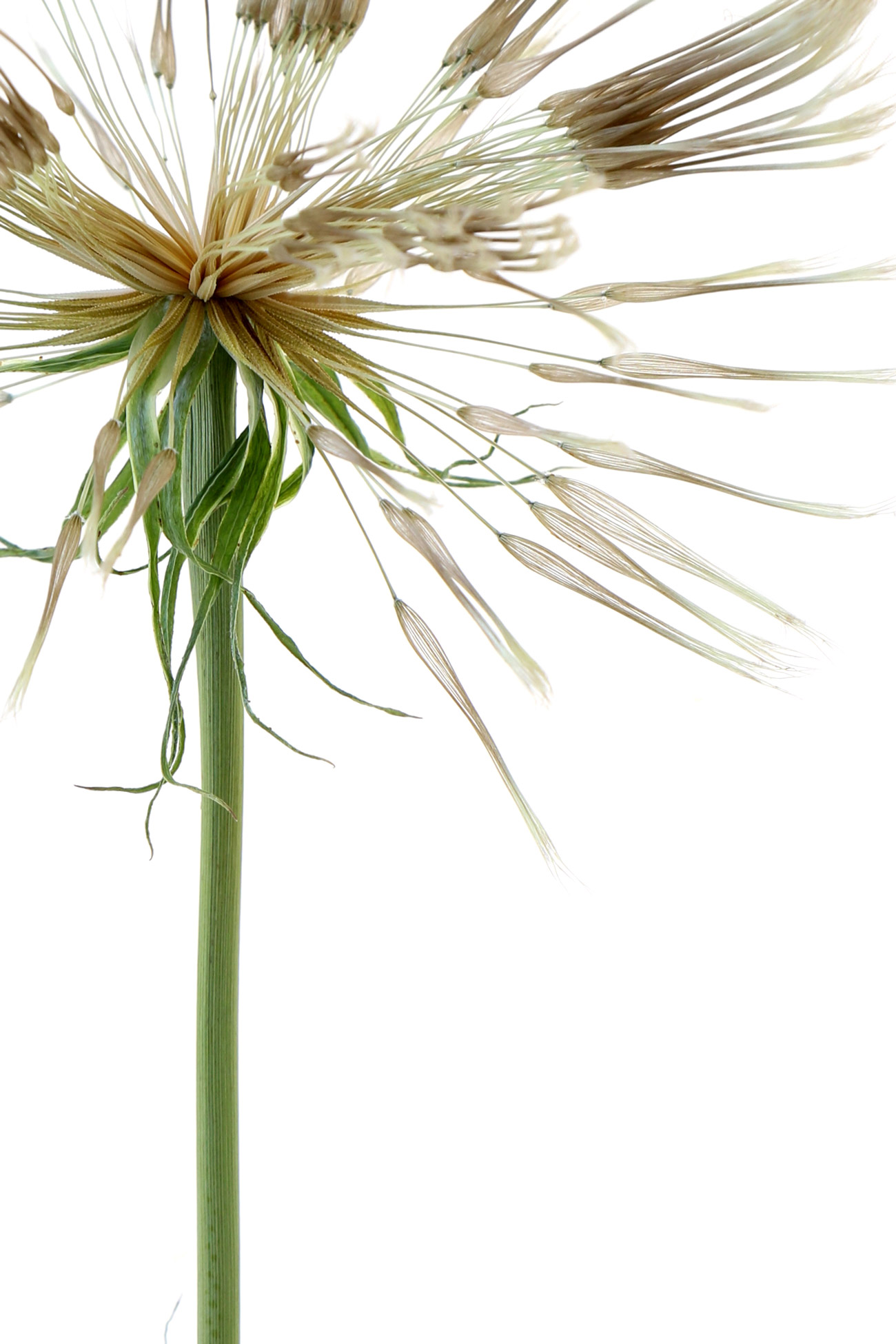
attachment
this goatsbeard stem is sitting in a vase on my shelf. i keep coming back to it, placing it against a white background, and photographing it from new angles. partly i’m fascinated by how the white parasols attach themselves to the plant. there doesn’t seem to be enough room for all of them, and their bases don’t appear to have enough purchase to avoid simply falling off. it is all a question of attachment. the seeds’ attachment to the seed head, my attachment to this strange and compelling plant.
goatsbeard (salsify) detail
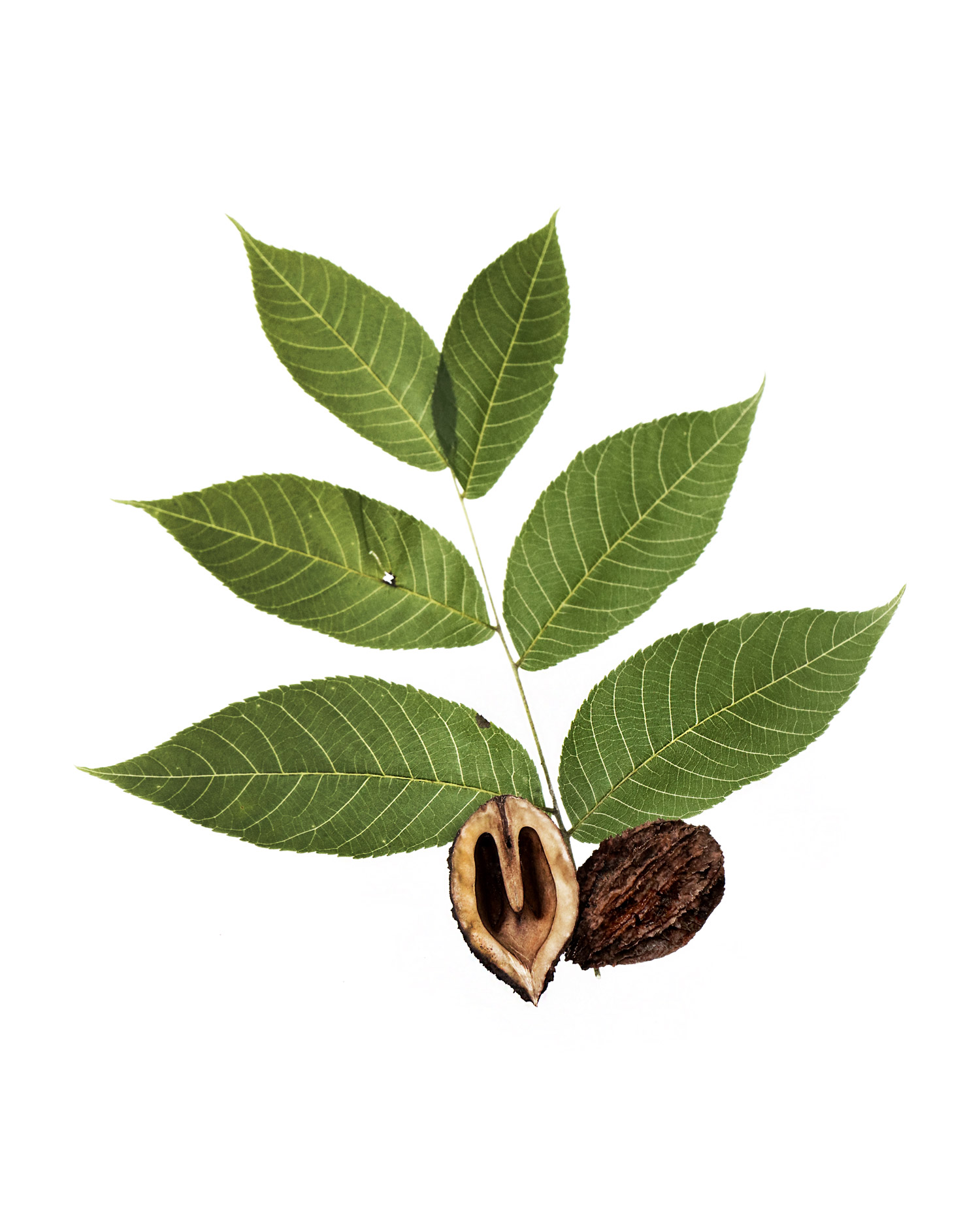
strong patterns
i love black walnut trees for their strong, graphic patterns. the almost ferny fronds of their leaf bearing branches. their somehow perfectly satisfying diamond shaped bark. and their heavy nuts, that fall like small green oranges in the fall, to be nibbled down to the core by red and gray squirrels, who split the nuts and eat them, leaving behind little owl-faced food scraps in the yard and the forest floor.
eastern black walnut (Juglans nigra)


